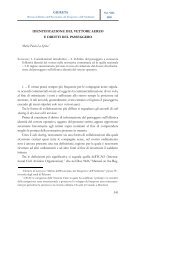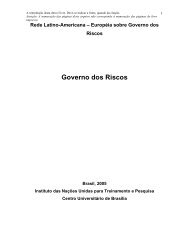Rome II and Tort Conflicts: A Missed Opportunity Abstract Contents
Rome II and Tort Conflicts: A Missed Opportunity Abstract Contents
Rome II and Tort Conflicts: A Missed Opportunity Abstract Contents
Create successful ePaper yourself
Turn your PDF publications into a flip-book with our unique Google optimized e-Paper software.
SYMEON C. SYMEONIDES ROME <strong>II</strong> AND TORT CONFLICTS<br />
State, the law of that State shall apply. 18<br />
The escape continued with an explicit common-domicile presumption for Babcock<br />
19 20<br />
type cases, <strong>and</strong> with the sensible notion —which <strong>Rome</strong> <strong>II</strong> does not repeat — that,<br />
in cases of multiple victims, “the applicable law shall be determined separately for<br />
21<br />
each of them.” Finally, the draft convention included a special provision, also<br />
22<br />
contained in two Hague conventions of the same period, which called for “taking<br />
into account” certain rules of “safety <strong>and</strong> public order” in force in the conduct state. 23<br />
This provision survived in slightly different verbiage in <strong>Rome</strong> <strong>II</strong> as discussed<br />
24 below.<br />
With the expansion of the Community to nine members states in 1973,<br />
following the accession of the United Kingdom, Irel<strong>and</strong>, <strong>and</strong> Denmark, the effort<br />
slowed down. It slowed to the point that the decision was made to ab<strong>and</strong>on the tort<br />
provisions of the draft convention <strong>and</strong> instead to concentrate on contract conflicts.<br />
25<br />
In 1980, the Convention on the Law Applicable to Contractual Obligations, now<br />
known as the “<strong>Rome</strong> Convention,” was opened for signature, <strong>and</strong> it entered into force<br />
on April 1, 1991.<br />
B. <strong>Rome</strong> <strong>II</strong><br />
The idea of addressing tort conflicts received new impetus with the Treaty of<br />
Amsterdam of October 2, 1997, when the European Commission began soliciting<br />
feedback on measures to implement the provisions of the Treaty regarding judicial<br />
cooperation in civil matters with cross-border impact. By 1998, the idea of a<br />
convention on tort conflicts was adopted in principle <strong>and</strong>, later that year, the first<br />
draft proposal was put forward by the Groupe européen de droit international privé<br />
18. EEC DRAFT CONVENTION ON CONTRACTUAL AND NONCONTRACTUAL OBLIGATIONS, art. 10(2).<br />
19. See id. at art. 10(3) (“Such a connection must normally be based on a connecting factor common<br />
to the victim <strong>and</strong> the author of the damage.”).<br />
20. See infra at text accompanying note 130.<br />
21. Id. at art. 10(4). The placement of this statement suggested that it was intended to be used not<br />
only in applying (or not applying) the common-domicile presumption, but also in applying the<br />
general, “closer connection” escape.<br />
22. See art. 7 of the HAGUE CONVENTION OF 4 MAY 1971 ON THE LAW APPLICABLE TO TRAFFIC<br />
ACCIDENTS & art. 9 of the HAGUE CONVENTION OF 2 OCTOBER 1973 ON THE LAW APPLICABLE<br />
TO PRODUCTS LIABILITY.<br />
23. See EEC DRAFT CONVENTION art. 12. (“Irrespective of which law is applicable under Article<br />
10, in determining liability account shall be taken of rules of safety <strong>and</strong> public order in force at<br />
the place <strong>and</strong> time of the event which caused the damage.”).<br />
24. See ROME <strong>II</strong>, art. 17, discussed infra V<strong>II</strong>I.<br />
25. The consolidated text of the Convention as amended by the various Conventions of Accession,<br />
<strong>and</strong> the declarations <strong>and</strong> protocols annexed to it, is published in 1998 O.J. (C 27, 26,1) 34.<br />
56 AMERICAN JOURNAL OF COMPARATIVE LAW (2008) PAGE 5 OF 46



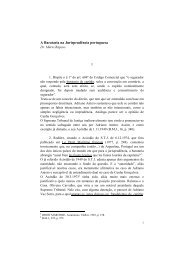

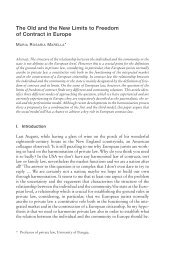

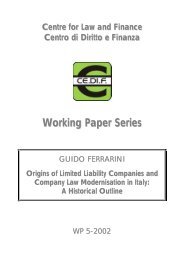
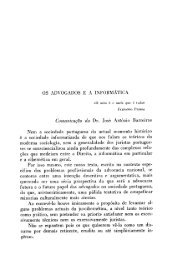
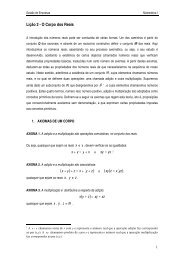
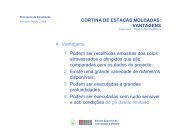
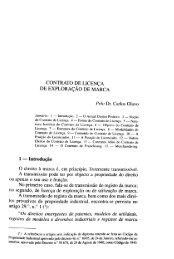
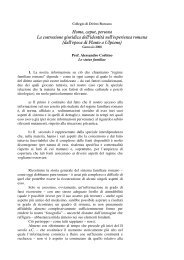
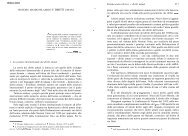

![Luigi Sapio Nozione di islām La parola “islām” [ ] è il mas.dar1 ...](https://img.yumpu.com/15836073/1/185x260/luigi-sapio-nozione-di-islam-la-parola-islam-e-il-masdar1-.jpg?quality=85)
